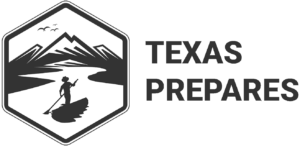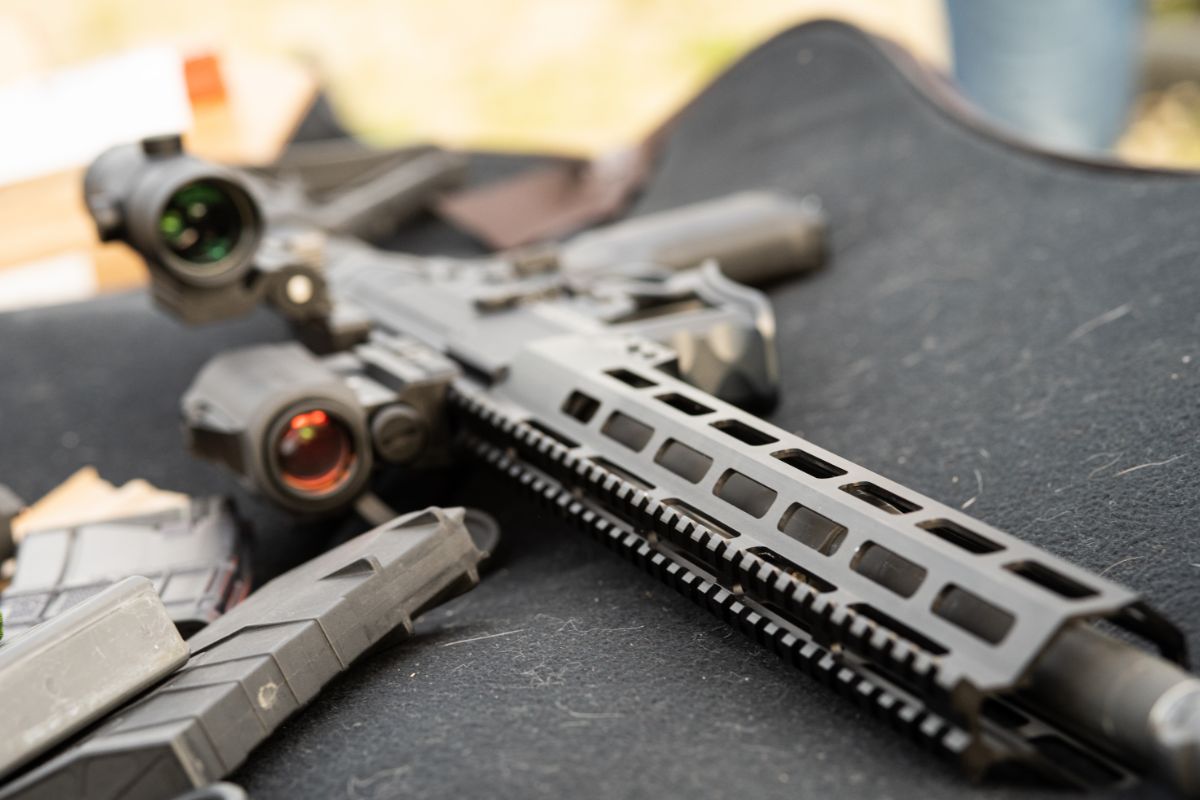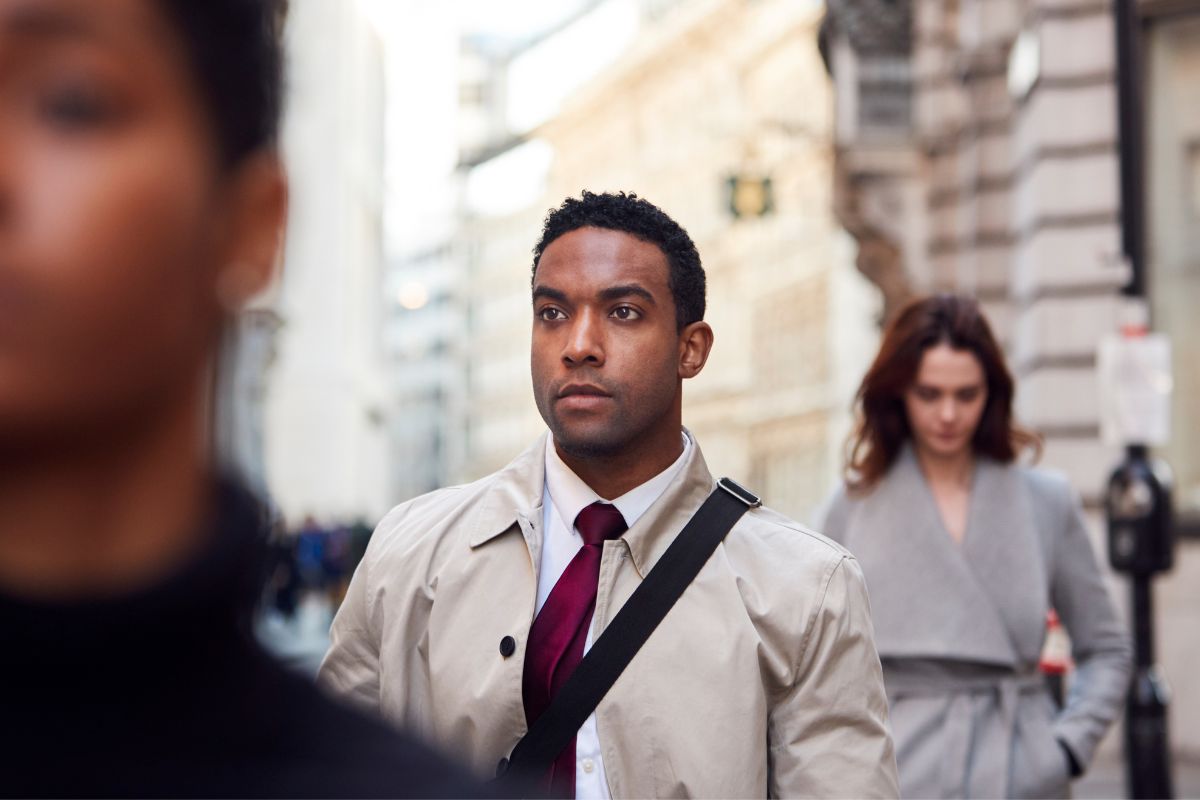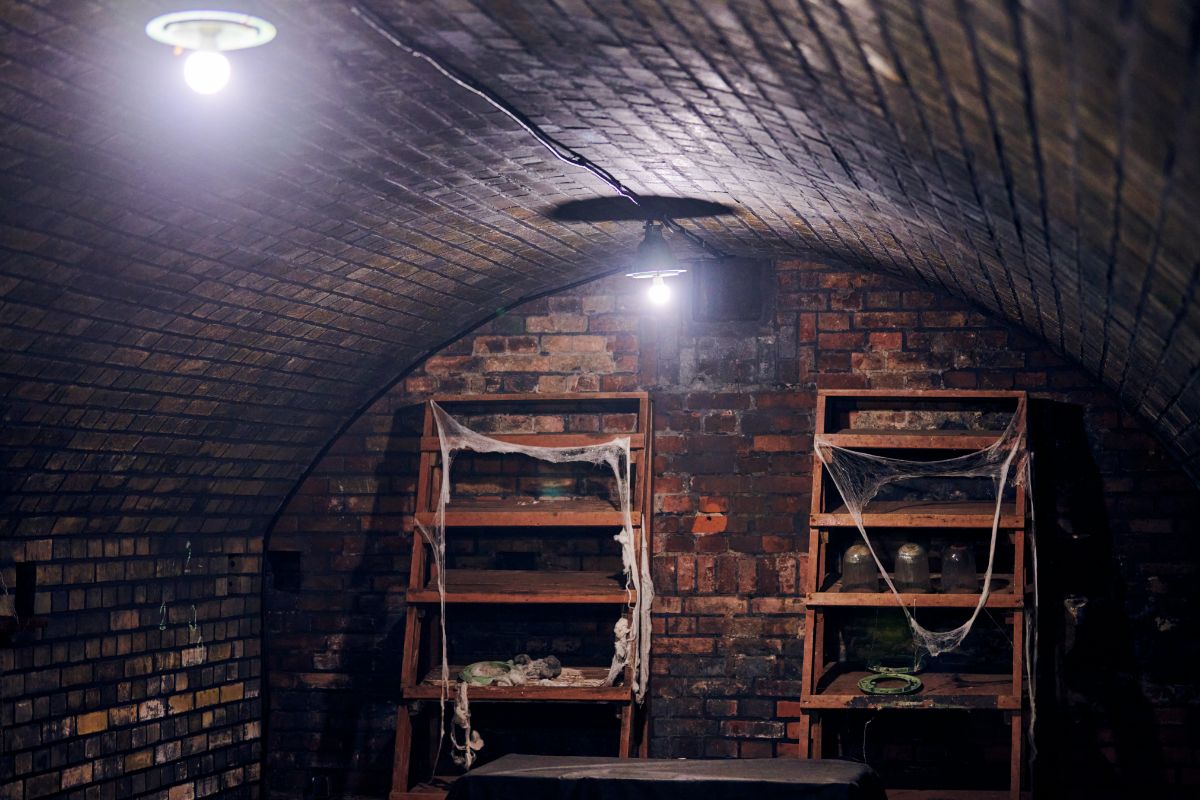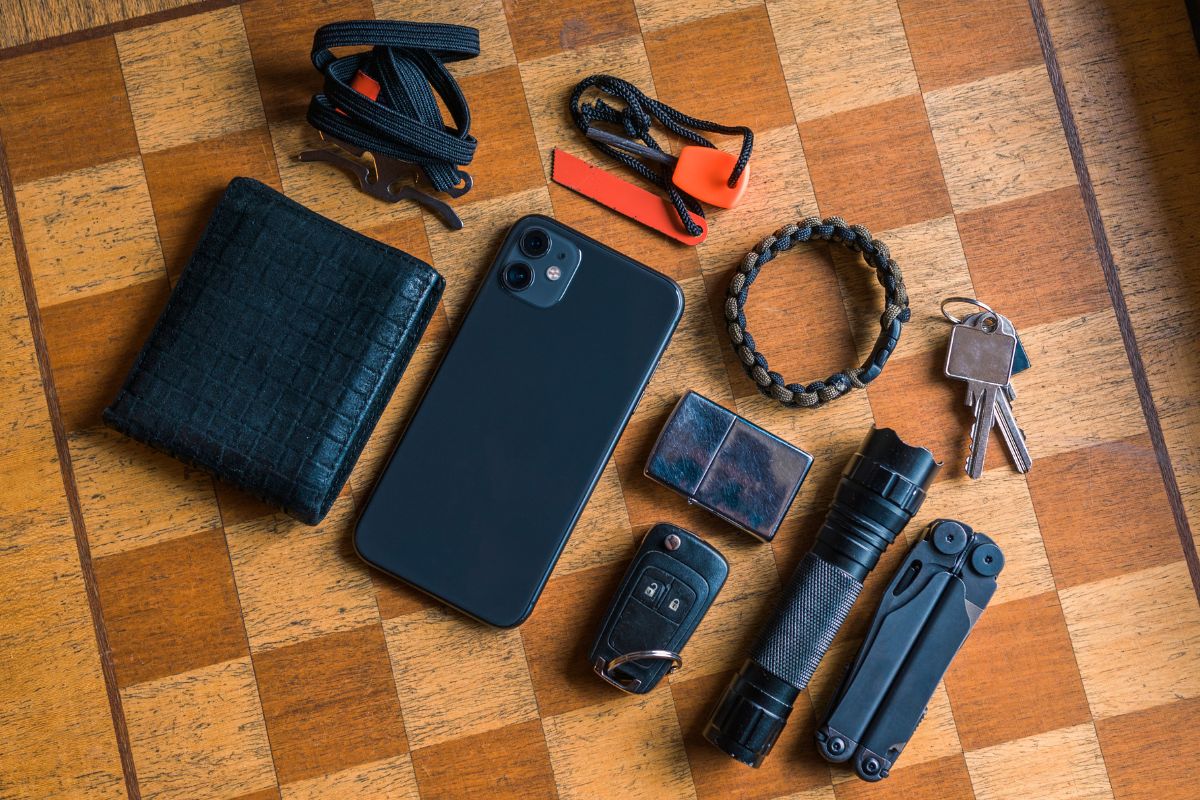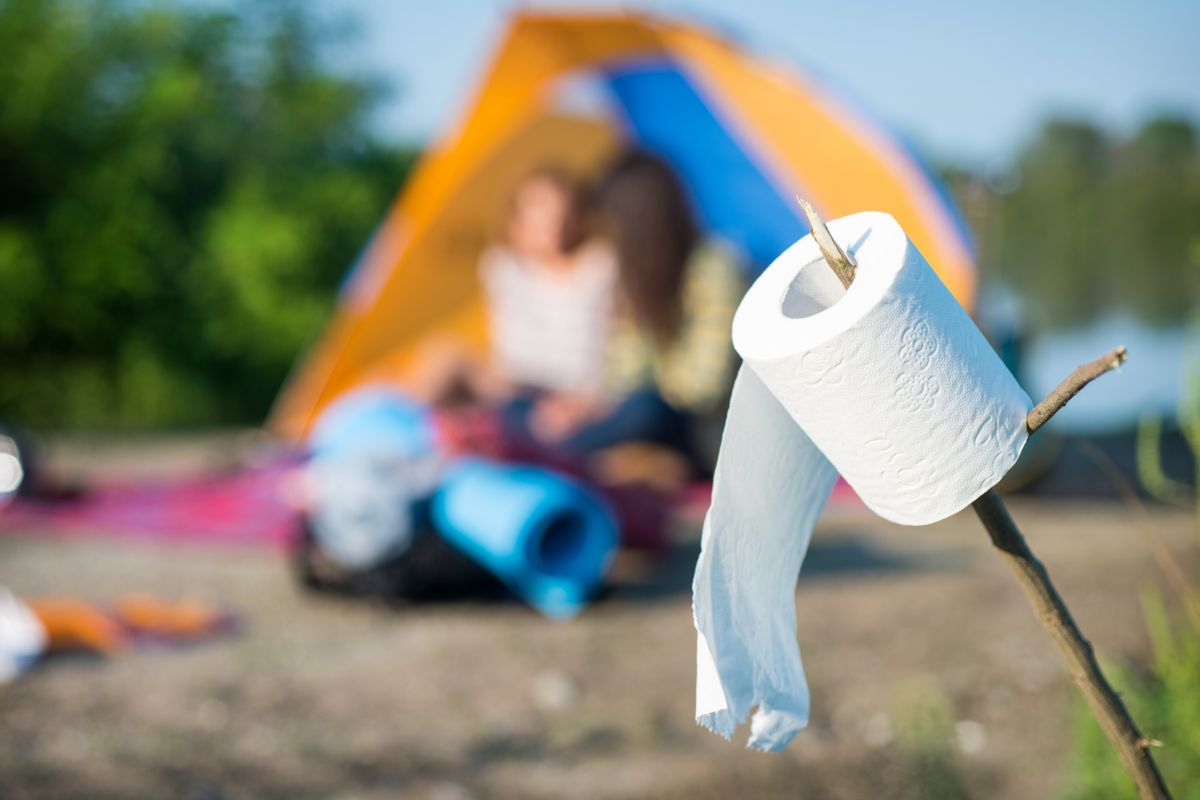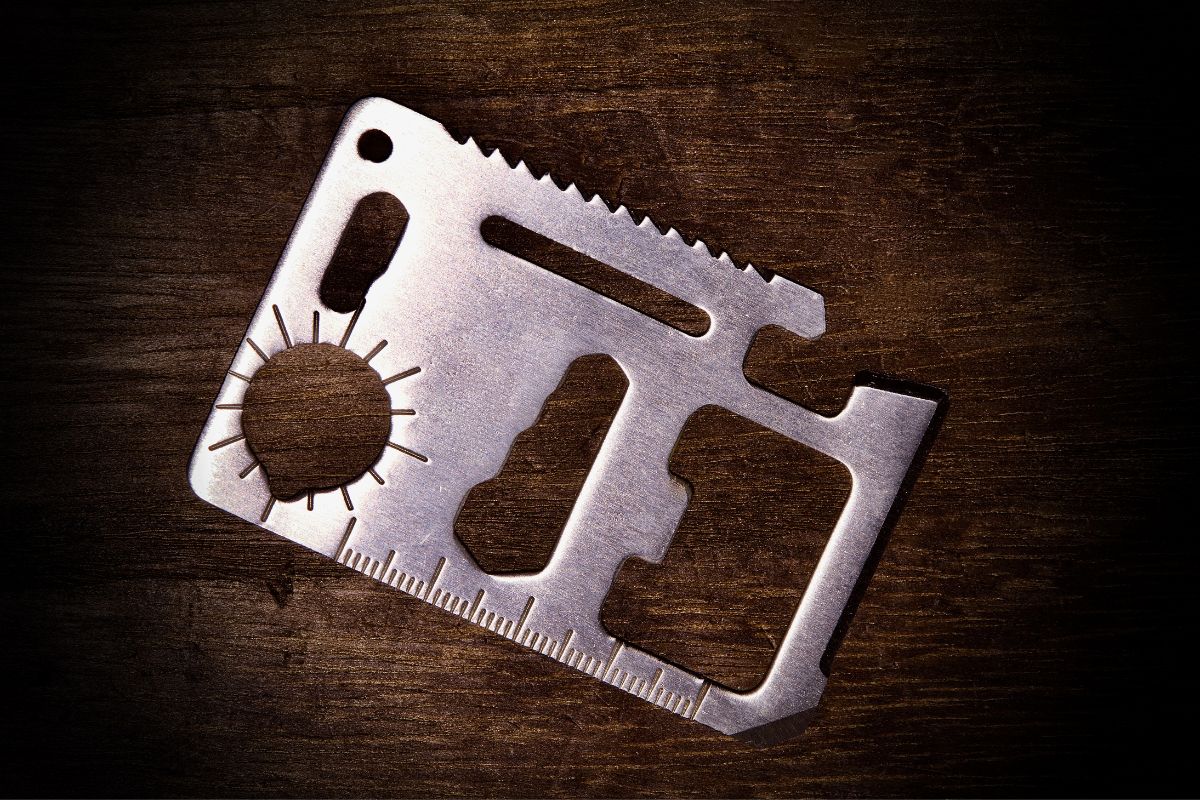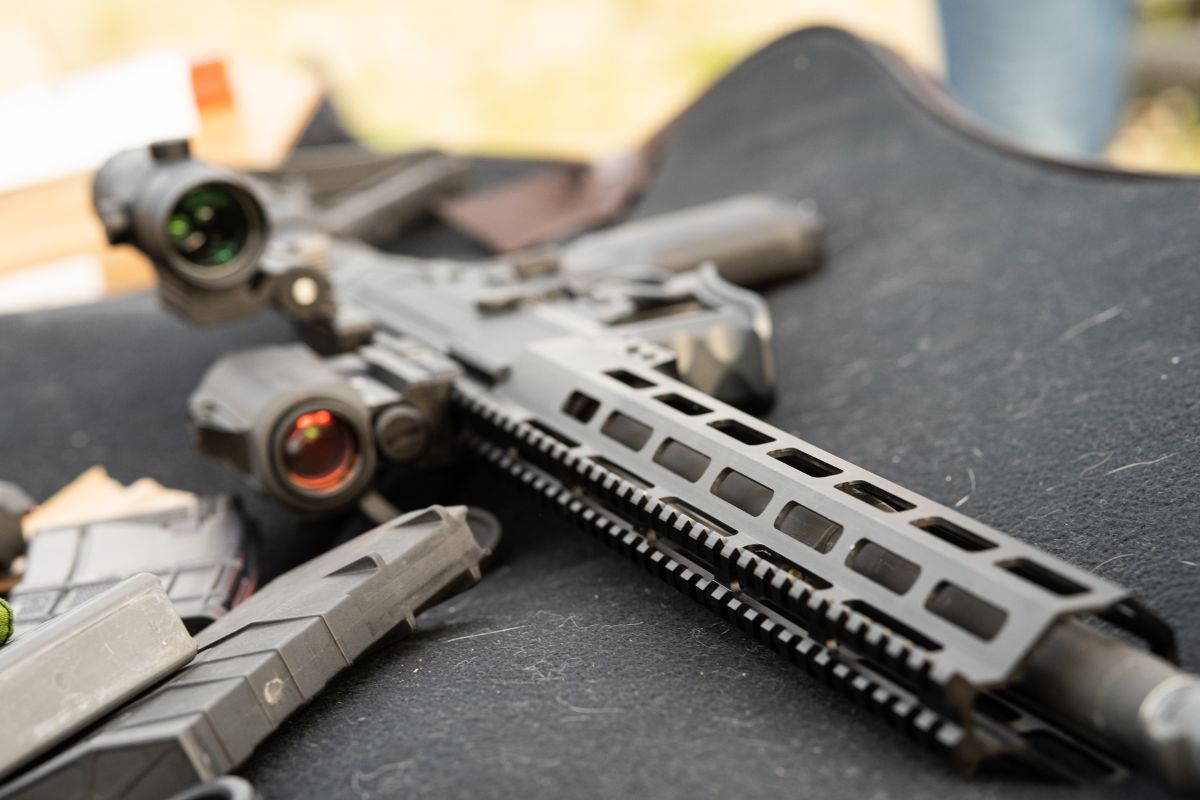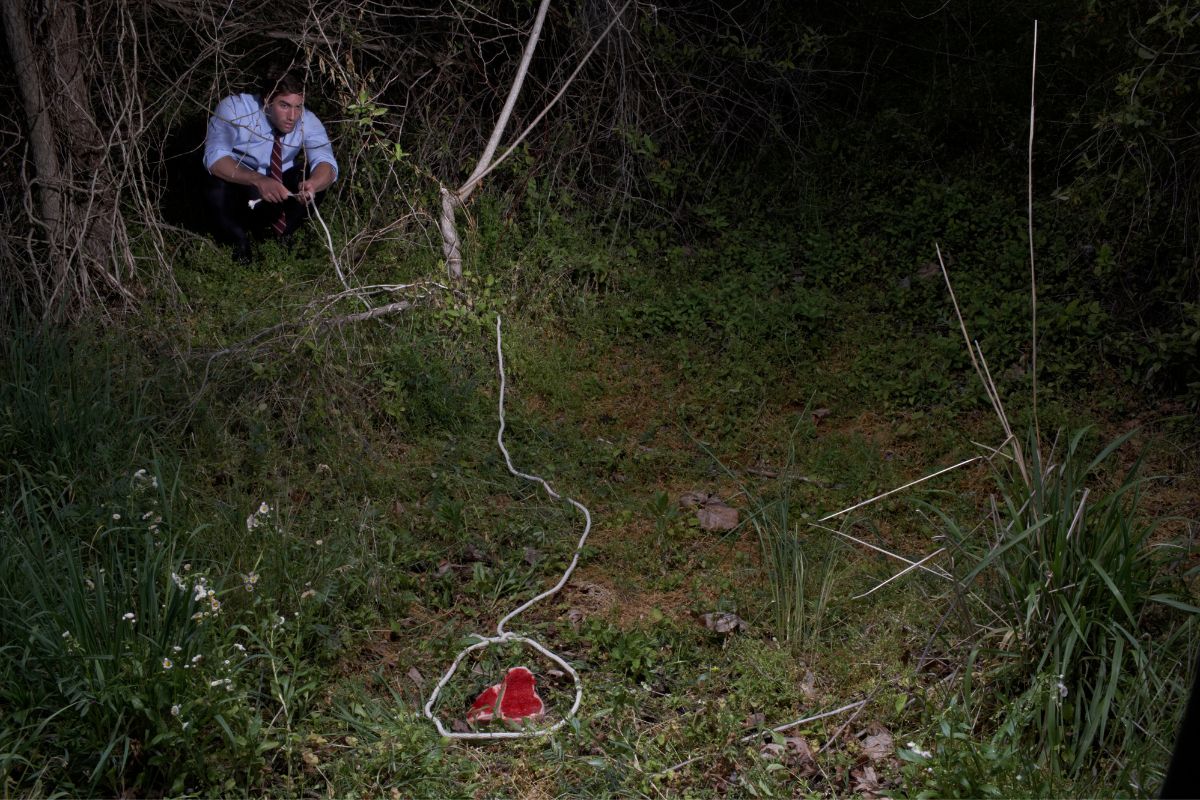No matter how cool or clear-headed you are normally, emergencies can be confusing and chaotic affairs that really put your fear, patience, and panic to the test.
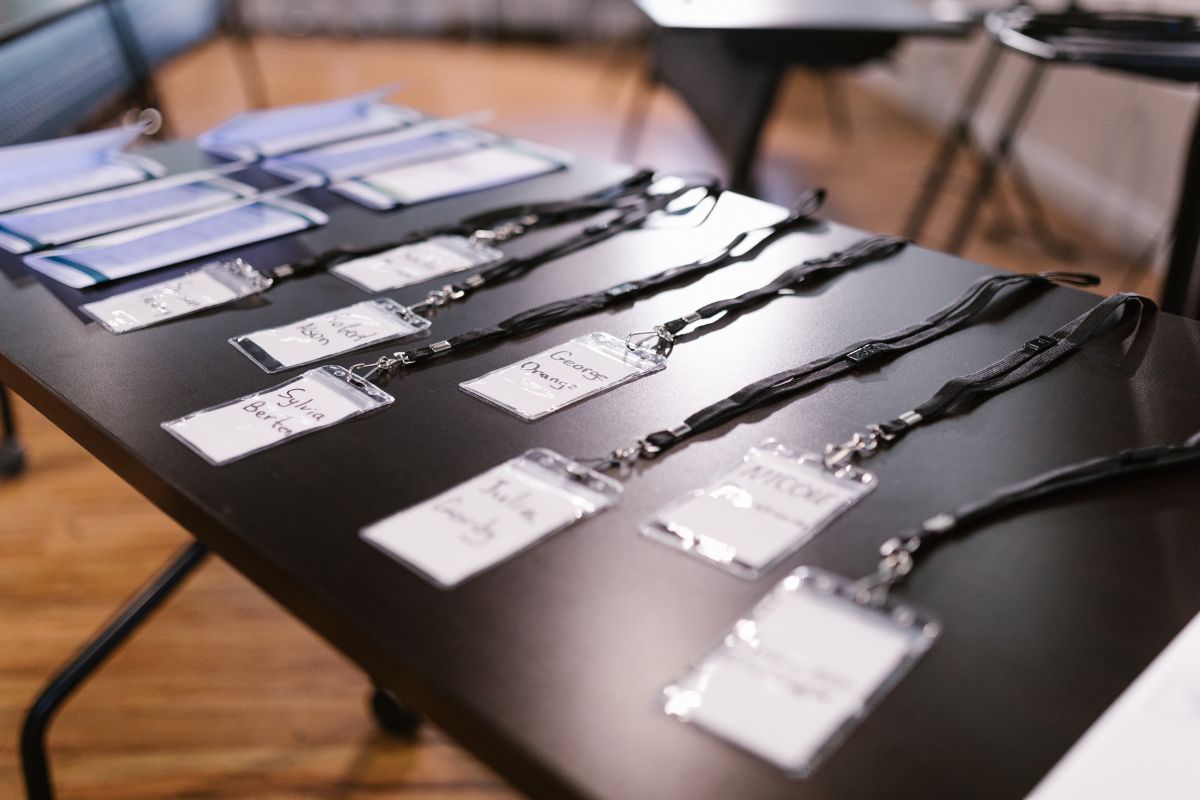
When you are caught in the heart of a storm or fleeing floodwaters, you aren’t going to be thinking about what you are going to need later, but the things that are precious to you right now.
Even if you do remember everything, you may get caught up in the disaster itself and some items may be damaged, including your phone or your radio.
If this happens, and you become separated from your family, then you need to have something available to help you and your family get back in contact with each other.
That is where emergency plan cards come into play, and these are an important tool for reuniting your family during trying times. Let’s see how to make your own.
What Information Should Be On An Emergency Plan Card?
Basically, an emergency plan card should be either one or a couple of cards that you can keep on your person or grab very quickly.
They should have two bits of information, depending on the situation: the first is personal information that only you should know, and the other is personal information that you or others should know.
These two bits of information should be on separate cards.
Personal
The first– the one with information only you should know – should have personal information you may need in an emergency.
These are things like social security numbers, bank account numbers, passwords, driving license numbers, insurance, healthcare, and passports.
While it may seem like an absolute fool’s errand to all these bits of personal information on a card, there are a couple of reasons it needs to be done and a couple of ways to prevent it becoming a tool for identity fraud in the future.
If a disaster or emergency happens, from this personal secret emergency card plan, you will have everything you need to rebuild your life or access funds during an emergency.
Imagine you are robbed in another country.
If you can make it to a town with a phone, bank, or an embassy, you can prove who you are on the phone to someone abroad, access your bank account, or even get into the embassy with your passport number and get help that way.
As for keeping this information safe, don’t keep all the information on one card, but in a pack of individual cards, hidden on your person.
They can be very small and hidden very well.
Also, always leave a piece of information that you will always remember off the card for the important stuff, so you can access them, but others can’t.
Like remembering your sort code for your bank account or the last 3 digits for your SSN.
Network
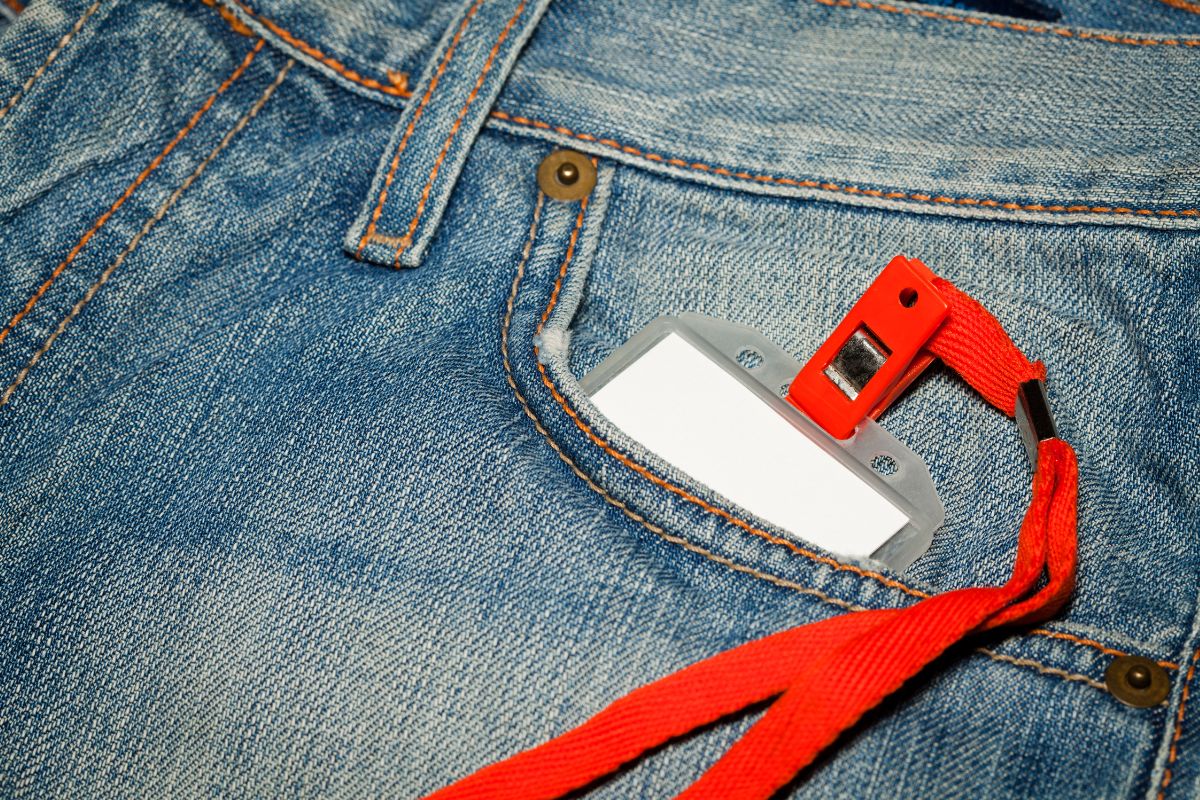
The second group of cards should have information about others that you need to know, and you should hand out information about yourself to trusted individuals.
This should contain trusted friends and family member’s addresses, phone numbers, full names, and e-mail addresses.
In an emergency, you may have nothing but a pay phone or cell phone to use to your advantage. Having these people as a lifeline can really help you out.
We guarantee that if you call your grandfather or aunt or uncle in another state after an emergency with nothing on you, they will take that drive to come get you if they care at all.
You should include on these card’s immediate family, a few aunts or uncles, grandparents, cousins, friends, and even coworkers.
Anyone that you trust enough to help in this scenario.
Write down their information for yourself and then send them emergency plan cards about yourself to make sure that they have your information in case of their own emergencies.
How To Make Emergency Plan Cards
Personal
For personal cards, they need to be slightly different than the other set of cards.
These need to be small enough to be concealed on your person – in a shoe or bra or even taped to you somewhere.
Make them about 2 inches wide and 2 inches tall.
Then you want to write on each one in very small letters one piece of information in permanent ink. Just one.
Make one card for bank accounts, one for insurance, and so on.
It will make it easier if you color coordinate them as well, so one color per card, for an easier time identifying them.
Many people like to keep these cards together, however you need a way to scatter them should things get dicey.
We suggest getting a hole punch and putting a hole in the same corner of each card. Then, put a string through the card with a toggle at the end.
That way, if you need to throw them away, you can rip out the toggle and string and dump them in different places.
Network
For network cards, you will need a 3-inch by 5 inch card.
You should have a different card per unit of people you trust, for example a close family card (mum, dad, siblings), a distant family card, (grandparents, aunts, uncles, cousins), a friends card, and a co-workers card.
Write the names, phone numbers, and home address for the people on each of the cards.
Then on the bottom of the card, write the numbers for the local fire department, police, and ambulance services.
After this, write – in big bold letters – ‘In case of emergency, please call…’ then add your country’s emergency number (in the US, it is 911).
On the back of the card, write any other information necessary, like your doctor’s name and number.
When you are writing the names and numbers on the card, write the most reliable contact at the top of the card.
You want them to be the first person contacted.
Conclusion
Emergency plan cards seem like a hassle, but honestly, they are fantastic in problematic situations and can really help you out when you need it most.
- How To Make A Quick And Easy DIY Toilet For Camping - September 19, 2022
- How To Use A Knife For Self Defense - September 19, 2022
- How To Help The Elderly Recover From A Disaster - September 19, 2022
